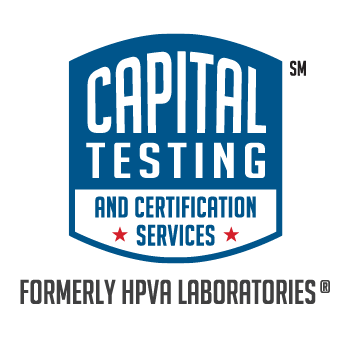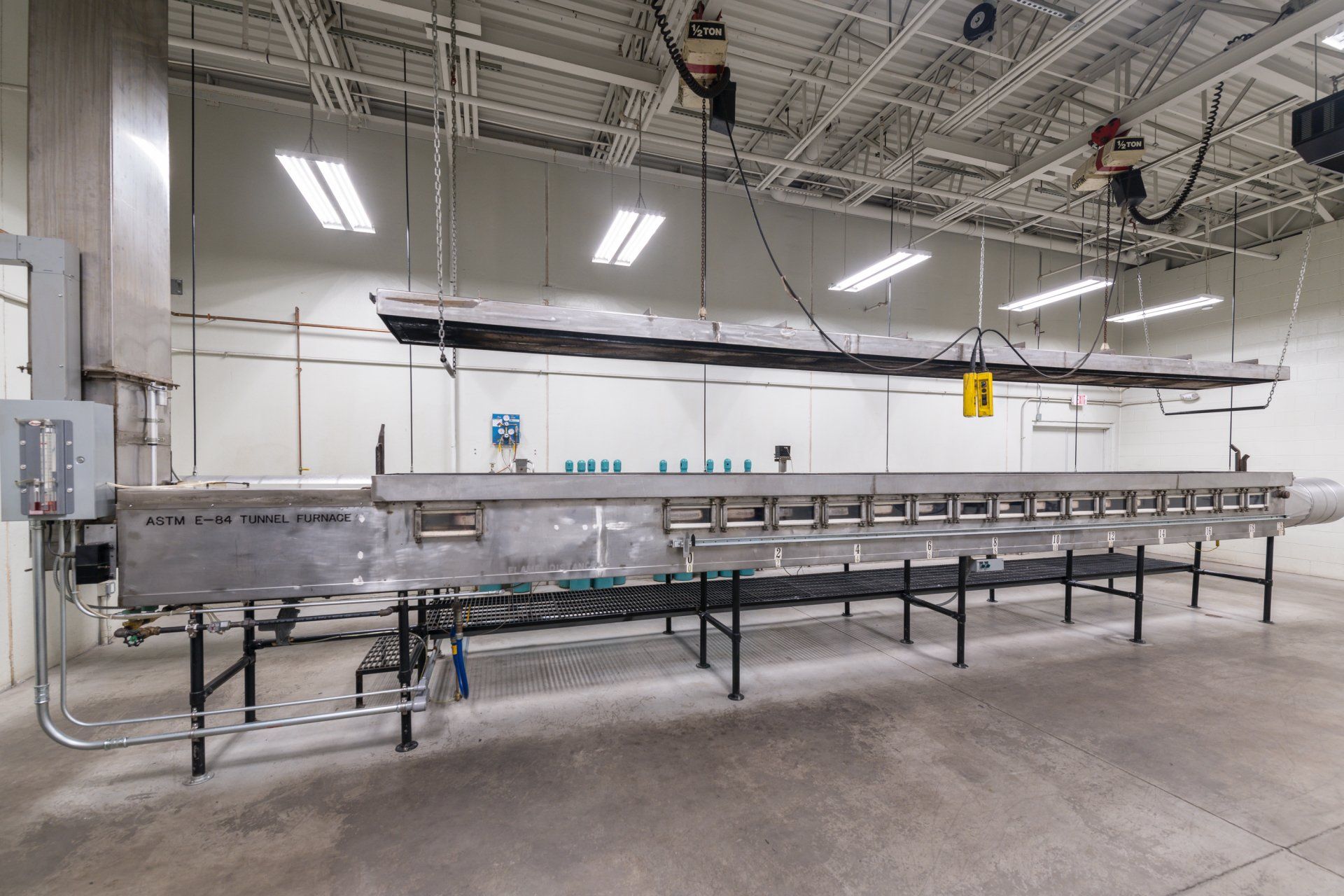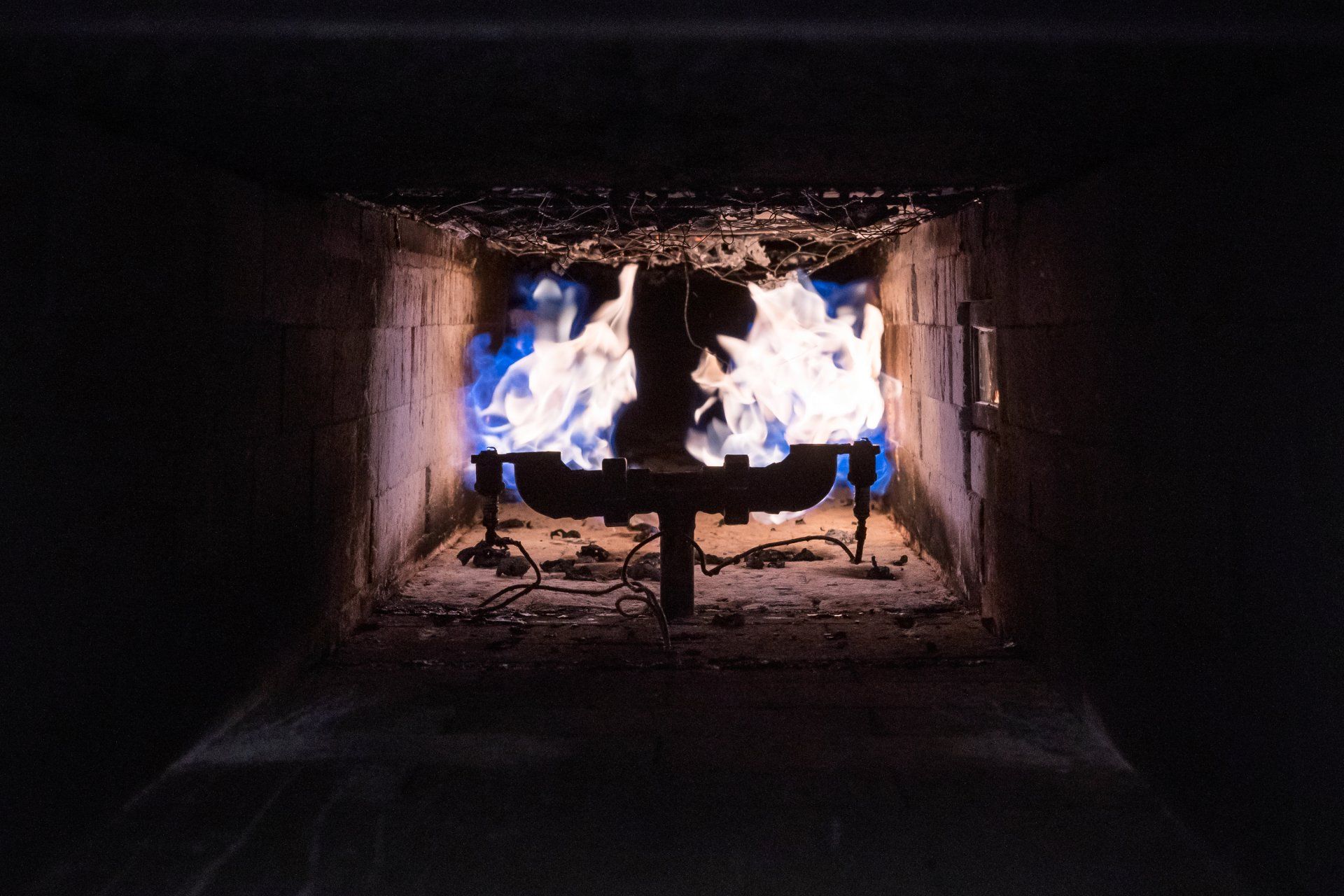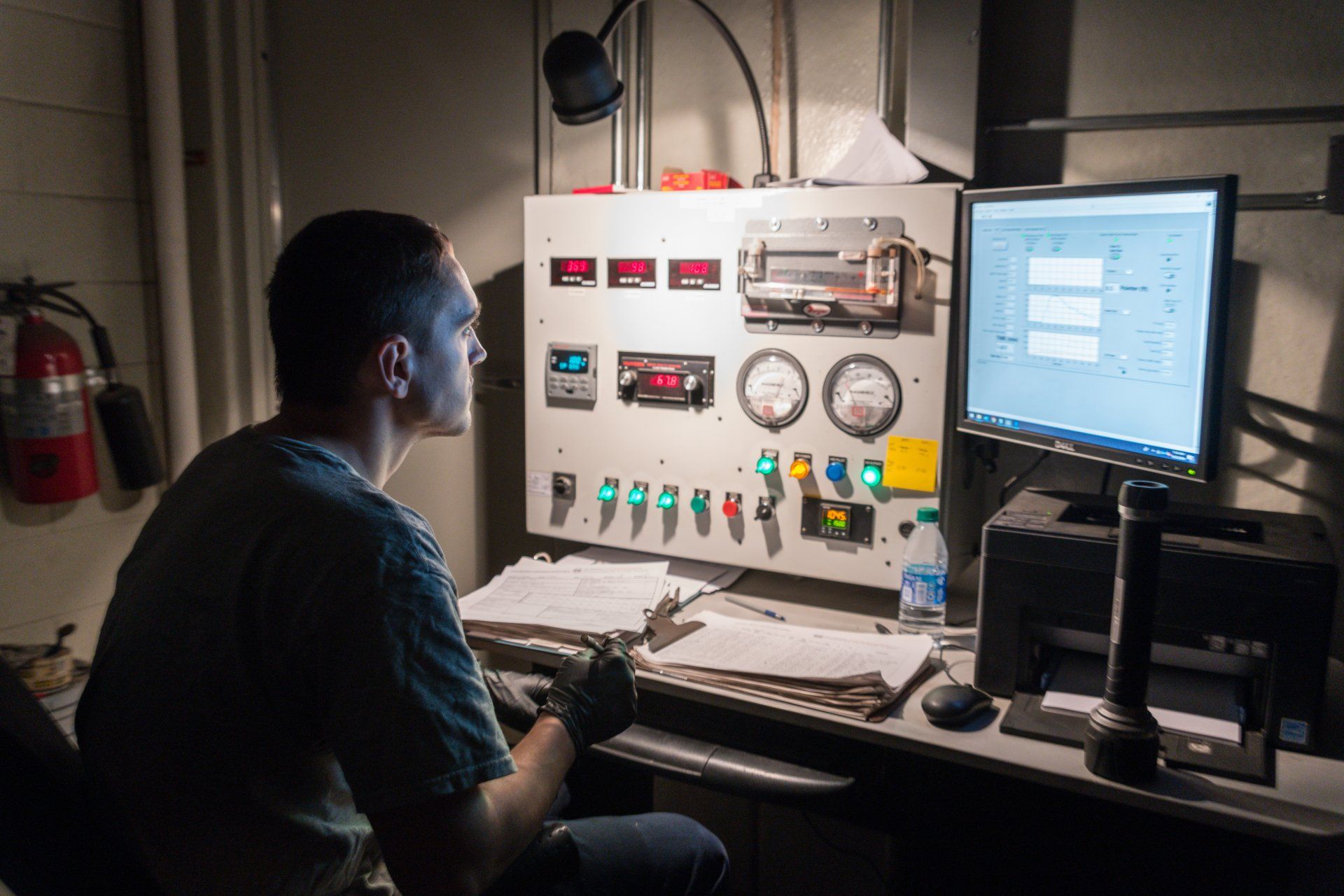CAN/ULC S102 and CAN/ULC S102.2 - SURFACE BURNING CHARACTERISTICS
CAN/ULC S102 and S102.2 Steiner Tunnel Testing
Surface Burning Characteristics of Building Materials
Which materials need to be tested in accordance with CAN/ULC S102 and CAN/ULC S102.2?
- Paints and Coatings
- Wallcoverings
- Adhesives
- Caulks and Sealants
- Insulation (including pipe, duct and batt)
- Ceiling Tiles
- Acoustic Panels and Site Fabricated Stretch Fabric Systems
- Wood Products (including lumber, plywood, and particle board)
- Form Boards
- Honeycomb Panels
- Mineral and Fiber Board
- Protected Metals
- Tape
- Pipes and Tubing
- Plastic Fittings and Valves
- Building Panels
- Flooring (including engineered, resilient, laminate)
- Light Diffusors and Lenses
What is the difference between ASTM E84, ASTM E2768, CAN/ULC S102, and CAN/ULC S102.2?
| Attribute | ASTM E84 | ASTM E2768 | CAN/ULC S102 | CAN/ULC S102.2 |
|---|---|---|---|---|
| Burns Per Test | 1 | 1 | 3 | 3 |
| Primary Use | Building products installed on walls and ceilings in the US | Fire retardant treated wood products and Wildland Urban Interface (WUI) | Building products installed on walls and ceilings in Canada | Flooring materials and materials that melt, drip, or delaminate |
| Turbulence Bricks | Yes | Yes | No | No |
| Single Pane Observation Windows | No | No | Yes | Yes |
| Double Pane Observation Windows | Yes | Yes | No | No |
| Air Ramp | No | No | No | Yes |
| Product Mounted On | Ceiling | Ceiling | Ceiling | Floor |
| Smoke Calibration Material | Heptane | Heptane, Recording Smoke Data is Optional During Testing | Red Oak Flooring | Red Oak Flooring |
| Burner Orientation | Straight Up | Straight Up | Straight Up | 45 Degrees Downward |
| Burn Duration | 10 minutes | 30 minutes | 10 minutes | 10 minutes |
How is CAN/ULC S102 and CAN/ULC S102.2 testing performed?
Prior to testing, the test specimens are placed into a conditioning environment that is is held at 73.4 ± 5°F and 50 ± 5 %RH. The CAN/ULC S102 or CAN/ULC S102.2 test specimens are conditioned to equilibrium moisture content which is determined by weighing the test specimen.
The Steiner tunnel is preheated to a minimum brick temperature of 85 ± 5 °C (185 ± 9 °F) and then cooled to 40 ± 3 °C (104 ± 5.4 °F). After the tunnel has cooled to required temperature range, the tunnel lid is lifted, and the test specimen is put in place. CAN/ULC S102 specimens are placed on the upper ledges of the tunnel in a ceiling orientation with the exposed side facing downward. CAN/ULC S102.2 specimens are placed on the floor of the Steiner tunnel with the exposed side facing upward.
After the specimen has been loaded into the test chamber, the lid is lowered, and a 1.2 ± 0.025 m/s (236.2 ± 4.9 ft./min) airflow is established. The test specimen is preheated for approximately 2 minutes while air is pulled through the tunnel. A 90 kW burner is positioned at the front (head) end of the tunnel. The burner ports point straight upward toward the ceiling mounted specimen in CAN/ULC S102 testing. The burner ports face downward at a 45 degree angle for floor mounted specimens in CAN/ULC S102.2 testing. The burner is ignited after the 2-minute preheat and it remains on for the duration of the 10-minute test. The flame is tracked by an observer, referred to as the Reader, as it progresses down the length of the tunnel. Smoke density is measured with the use of the photometer system on the exhaust duct. Temperature data is recorded throughout the test by a thermocouple probe that is 7000 mm (23 ft.) from the centerline of the burner and approximately 25mm (1 in.) below the specimen surface.
Both tests are conducted in triplicate.
What data will be included in a CAN/ULC S102 or CAN/ULC S102.2 report?
- Flame Spread Rating (FSR)*
- Smoke Developed Classification (SDC)*
- Individual Flame Spread Values (FSV)
- Individual Smoke Developed Values (SDV)
- Time to Ignition
- Flame Spread Distance vs. Time
- Maximum Flame Spread Distance
- Temperature vs. Time
- Time to Maximum Temperature
- Smoke Area vs. Time
Interpreting CAN/ULC S102 and CAN/ULC S102.2 Results
CAN/ULC S102 and CAN/ULC S102.2 are both conducted in triplicate. Each burn produces a Flame Spread Value (FSV) and a Smoke Developed Value (SDV). After three burns have been completed, the Flame Spread Values and Smoke Developed Values are averaged and the averages are rounded to the nearest multiple of 5. The rounded, average values are the Flame Spread Rating (FSR) and Smoke Developed Classification (SDC).
Flame Spread Rating and Smoke Developed Classification requirements can be found in the National Building Code of Canada. Requirements vary based on occupancy, location and material purpose. Verify requirements with the Authority Having Jurisdiction (AHJ).
CAN/ULC S102 Test Specimen Preparation
All test specimens should be at least 510 mm wide and 7315 ± 15 mm in length. The specimens can be provided as a continuous, unbroken lengths (handling fees may apply) or sections that will be joined or butted end-to-end. The test specimens should be representative of the materials which the test is intended to examine. The test specimens should be self-supporting when installed in a ceiling orientation or additional supports may be used.
Appendix A1 of the CAN/ULC S102 standard contains specimen preparation procedures for certain products. The mounting methods in the appendix are described for the purpose of providing a uniform procedure. The mounting methods are non mandatory so alternate mounting methods can be employed if the alternate method better simulates real world installation practices. Products listed in Appendix A1 include:
- Reinforced Cement Boards
- Acoustical and Other Similar Panel Products
- Adhesives, Cementitious Mixtures, and Sprayed Fibers
- Batt or Blanket Type Insulation Materials
- Building Panels
- Coating Materials
- Form Boards
- Honeycomb Panels
- Lumber
- Mineral Composition Units
- Mineral and Fiber Boards
- Duct and Equipment Coverings
- Plywood
- Protected Metals
- Structural Wood Fiber Units
- Wall Coverings
- Wood Particle Boards
- Tape
- Pipes and Tubing
- Plastic Fittings and Valves
- Sealants and Caulking Materials
- Insulated Pipes
CAN/ULC S102.2 Test Specimen Preparation
All test specimens should be 445 mm wide and 7315 ± 15 mm in length. Test specimens shall be no thicker than 65mm. The specimens can be provided as a continuous, unbroken lengths (handling fees may apply) or sections that will be joined or butted end-to-end. The test specimens should be representative of the materials which the test is intended to examine.




